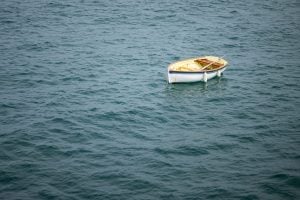

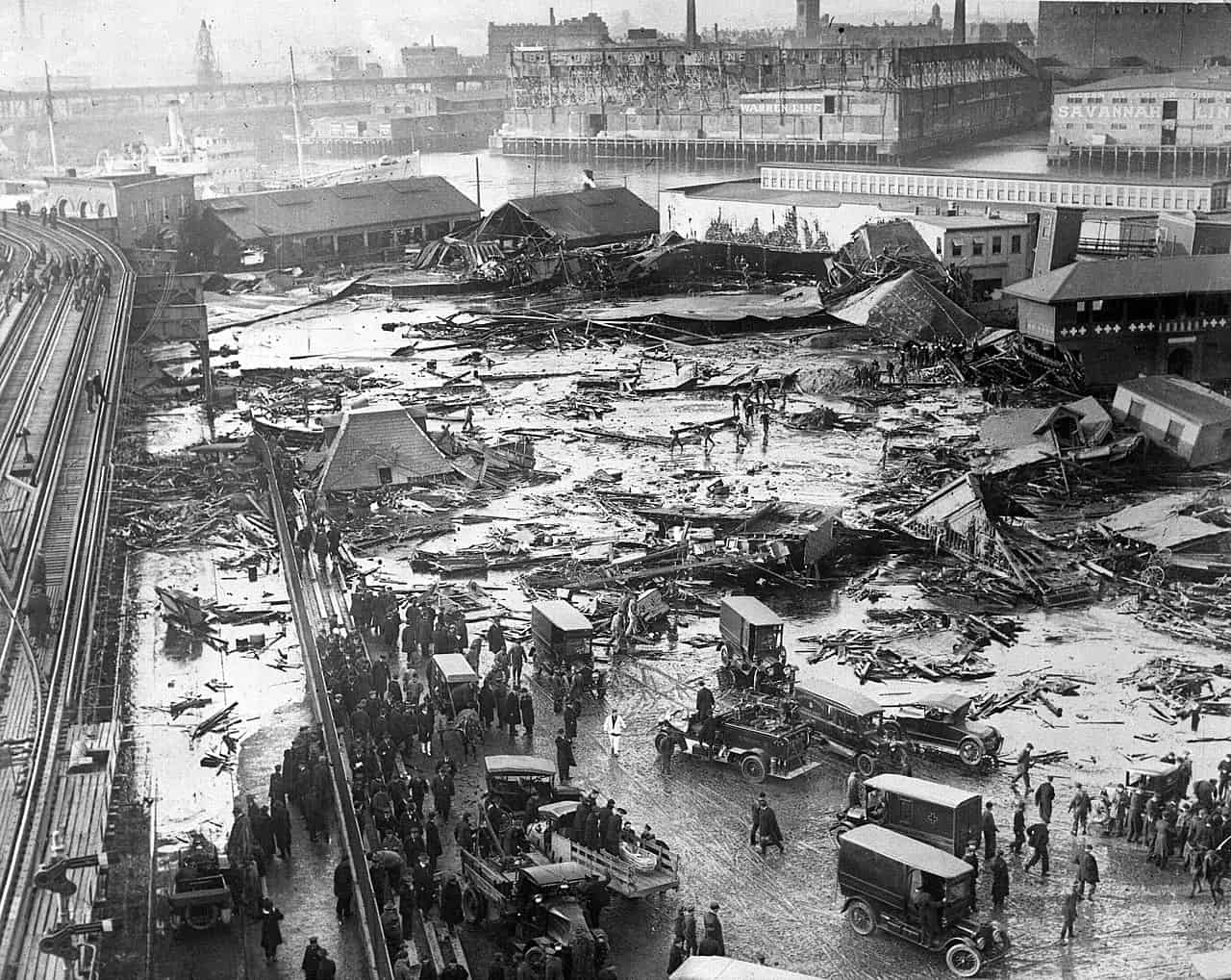
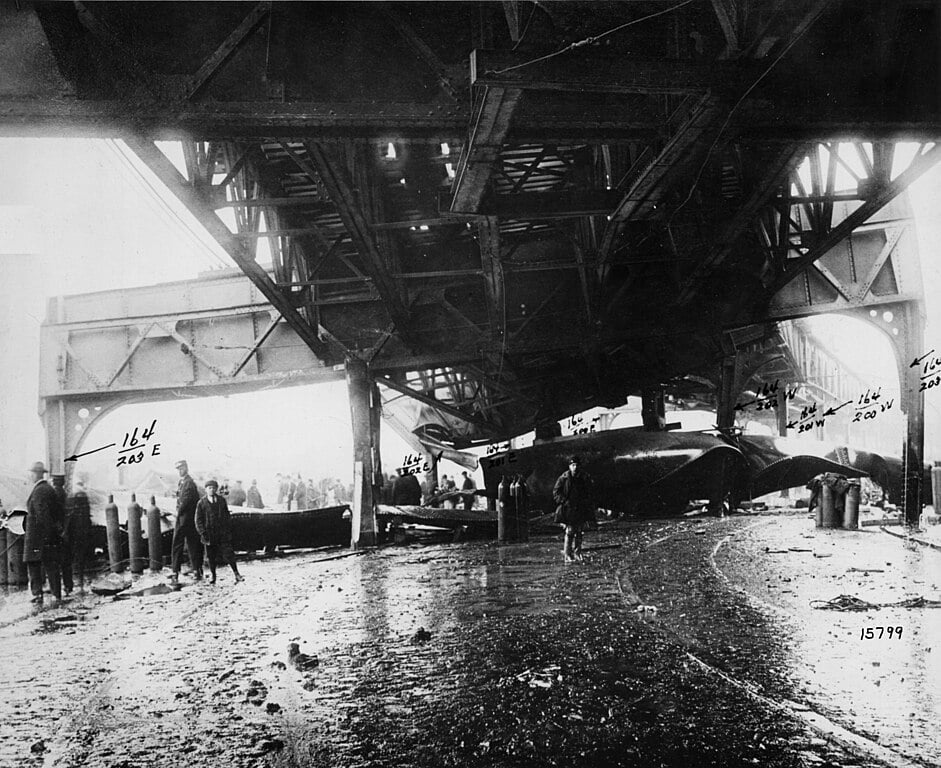
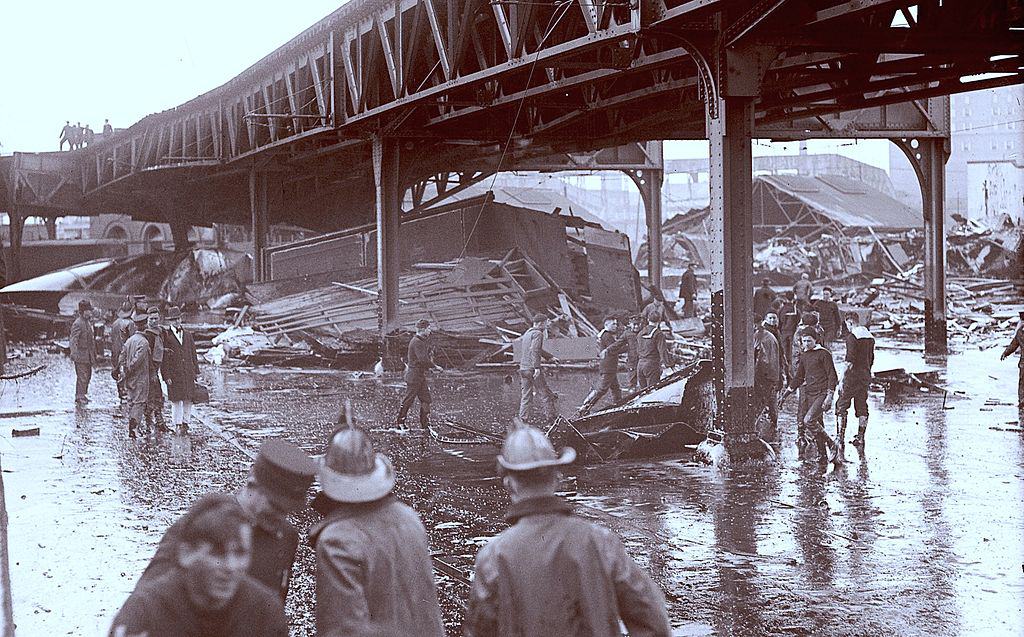
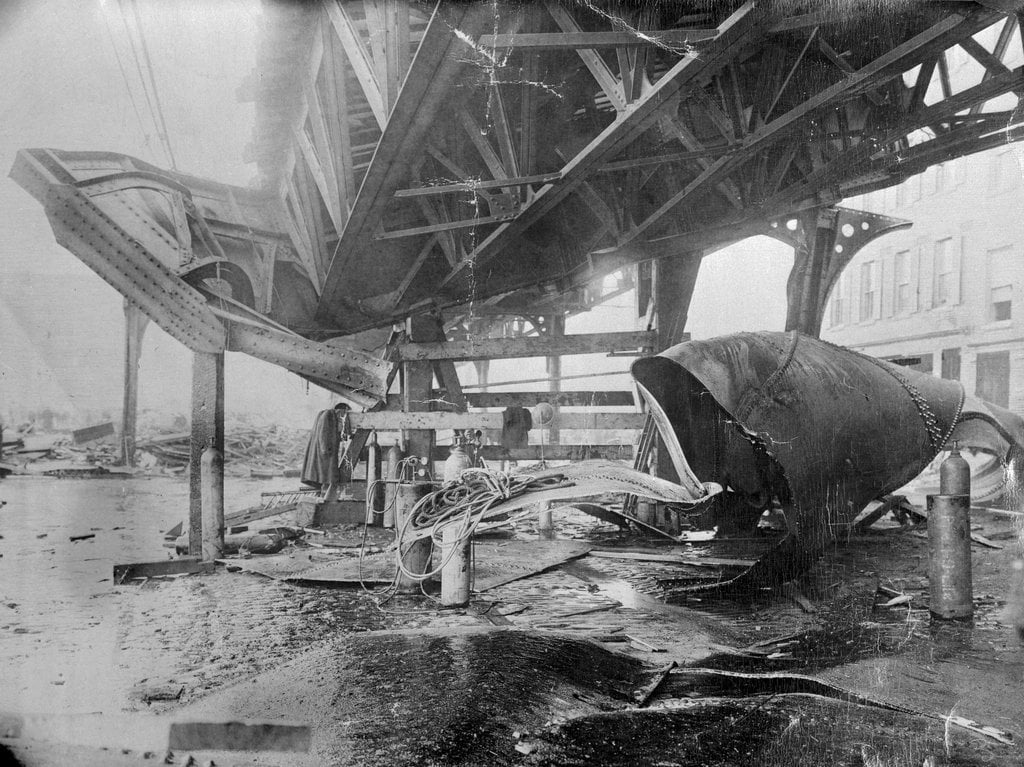


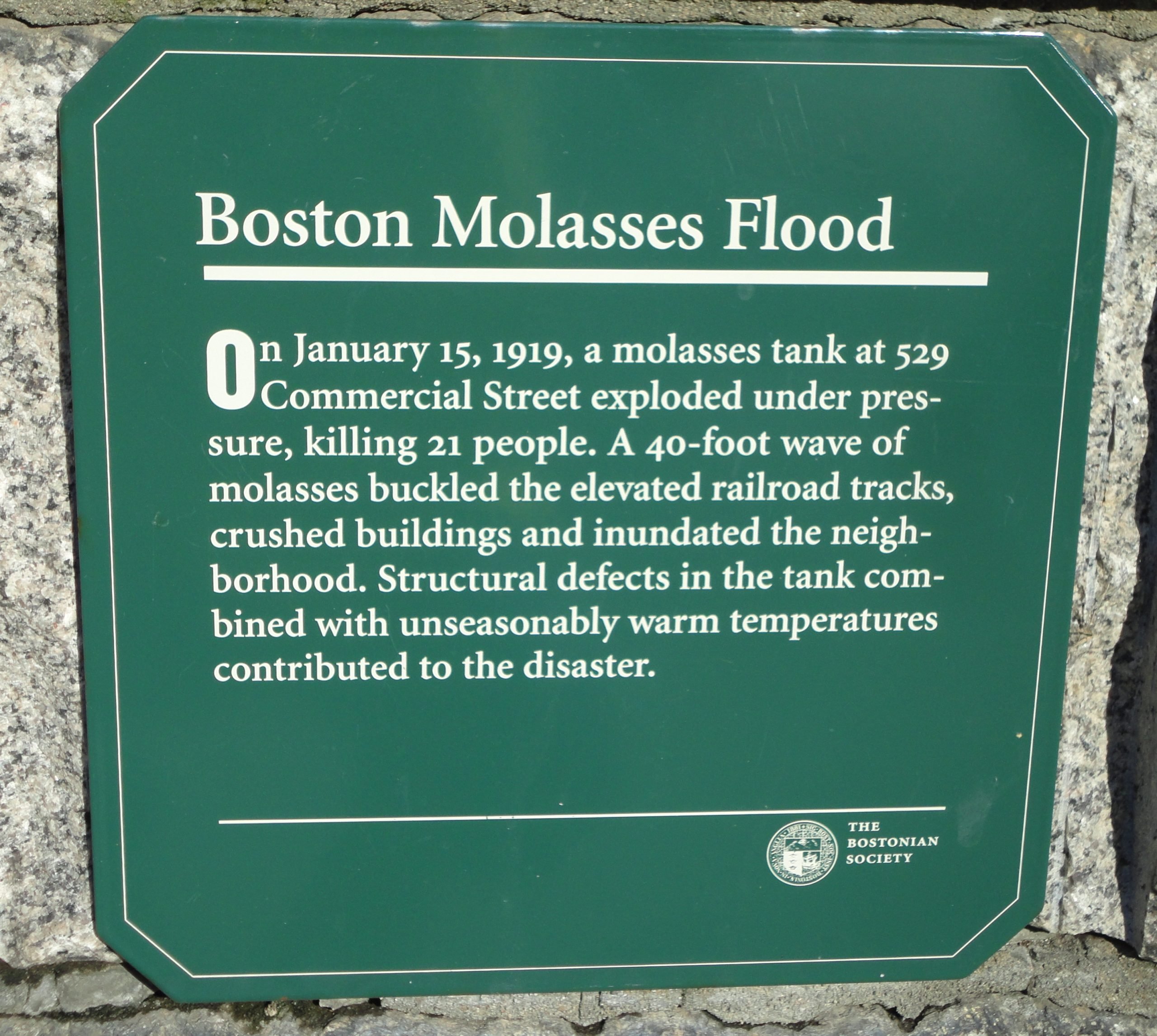

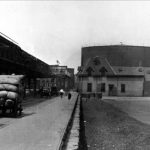


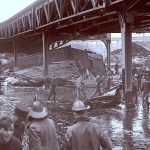
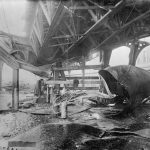
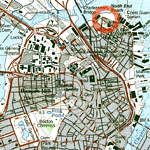


Tsunami of Molasses Engulfed a U.S. City and Injured 150 People
Imagine it, a cool January afternoon erupting into chaos as a wave of molasses sweeps across town. 105 years ago, the city of Boston was beset by tragedy. The Great Molasses Flood is often joked about, the reality of the situation is more horrifying than you might think.
Purity Distilling Company
Before millions of gallons of molasses would flow freely in Boston, it is important to set the scene. Our story begins at 529 Commercial Street, the home of Purity Distilling Company. Molasses is commonly fermented to ethanol, a vital component when manufacturing liquor. 1919 would see Purity's fortunes change for the worse.
Potential Causes
January 15th was a good bit warmer than the previous days, actually rising above freezing. This may have contributed to the storage tank bursting at Purity Distilling Company. Whatever the case may be, chaos erupted at 12:30 in the afternoon as the storage tank burst. 2.3 million gallons of molasses, weighing roughly 13,000 tons began rushing down the street.
Dangerous Conditions
The sheer force of the molasses wave is something that can't be understated. Conditions on the street became immediately dangerous. Bystanders were submerged in waist-high molasses if they could stand at all. The wave was moving at 35 miles per hour, knocking down people and animals in its path.
Chaos in the Streets
The Boston Post reported in the aftermath, "Horses died like so many flies on sticky fly-paper. The more they struggled, the deeper in the mess they were ensnared. Human beings - men and women - suffered likewise." Over 150 people would be injured in the wake of this event, and 21 people would lose their lives.
Helpers in the Crisis
While pandemonium coursed through the streets of Boston, there were helping hands to be found. Cadets from the training ship USS Nantucket were first to arrive, followed by the proper authorities. Red Cross workers, police, Army, and Navy personnel were on hand to pull people out of the muck or retrieve the dead.
The Aftermath
2.3 million gallons of molasses lingered on the streets of Boston, making for a stickily sweet scent carried on the air. Cleanup occurred thanks to the use of a fireboat spraying salt water. The sheer amount of the stuff resulted in cleanup taking weeks for Boston, but far longer for the Greater Boston area.
Class-Action Lawsuit
Purity Distilling Company was found to have exercised negligence and a lack of general safety when it came to storing the sweet sticky mass that rolled across Boston. Prohibition was on the horizon, taking place a day after the tragedy. Purity would end up paying $628,000 in damages, or $11 million when adjusted for inflation.
What Became of the Purity Distilling Company?
Prohibition made it so Purity Distilling Company and the United States Industrial Alcohol Company had nowhere to go. Over 125 lawsuits would be presented against the companies. The site of the burst tank is now home to Langone Park. Boston memorialized the site of the tank and still honors the loss of life over a century later.
